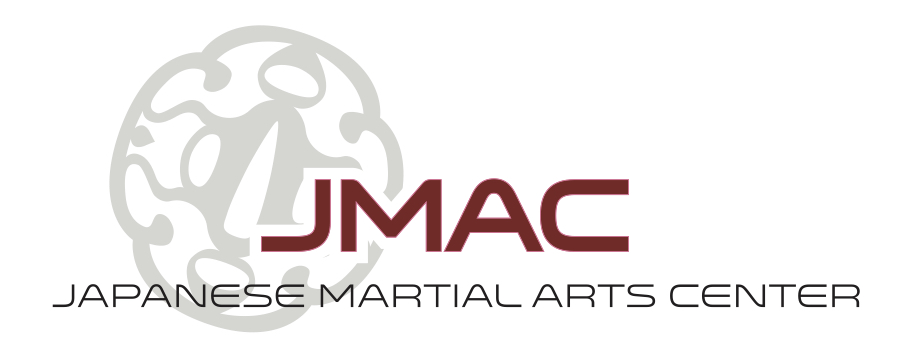What Makes a Great Practice Sword?

Are you interested in practicing iaido in Ann Arbor?
A little lost when it comes to swords?
In iaido, we use bokken, iaito, and shinken swords. A bokken is a wooden sword meant for beginners, and an iaito is a dull metal practice sword. Shinken translates to “real sword,” and has a sharp edge. At JMAC, we only allow advanced black belts to use sharp blades in group practice.
For most of your time practicing iaido, you’ll use an iaito. Iaito vary widely in length, quality, types of fittings, and price. Currently, it's possible to get a useful sword for just over $300, or to spend $1500 for an extravagant one.
We practice Muso Jikiden Eishin Ryu iaido at JMAC, and there are many factors that make for a good practice sword for this style:
Sword Material – Consider an alloy blade, as they tend to have a better feel than steel, which has good feel only in very expensive iaito.
Sword Length – Japanese swords are typically measured in the ancient system of shaku, sun, bu - roughly equal to a foot, an inch, and a centimeter. A typical iaito for our practice is between 2-shaku 3-sun (27.4 inches) and 2-shaku 4-sun 5-bu (29.2 inches). To find the best blade length for you, hold your right arm out straight and to the side, parallel to the floor. The length of your blade should be about the distance from the center of your sternum to the center of your right palm.
Sword Shape – The kissaki (sword tip) should be the standard shinogi-zukuri shape, which means it’s sharpened on the cutting-edge side only. Stay away from variations like shobu-zukuri (sharp on both top and bottom) and the more geometric kamasu-kissaki, which doesn't work well with our style of drawing the sword.
Handle – For handle length, remember there should be a 1-1.5 inch space between your hands when gripping the handle properly. As for handle shape, we prefer the imogata (“potato shape”) handle over the rikko ("hourglass") shaped handle. Imogata handles are slightly rounder and smaller near the butt end. For handle wrap materials, cotton, silk, and leather will work, but leather is recommended because it gives a better grip and lasts longer.
Sword composition – Along the blade, a bohi (groove) is ideal to create the whooshing sound when the blade is aligned correctly. Some blades have a double bohi, but a single, deep bohi is better. The hamon (temper line), is only decorative on alloy iaito – it doesn’t contribute to performance, so the style is a matter of your personal preference.
Hand Guard – A smooth, round, heavy tsuba (hand guard) is recommended. A heavy tsuba helps bring the weight of the sword closer to your hands. With a lighter tsuba, the kissaki (sword tip) will be heavier, causing the sword to be harder to control. Try to get a tsuba free of corners or textures because they’re hard on the hands.
Scabbard – Make sure your saya (scabbard) has a wooden opening rather than a metal one. A metal saya will scratch your sword and shorten its life.
There are many, many other fine points that make up a good or great iaito - some are requirements of our style, and some are personal preferences that you will only understand after you have practiced for a year or two. Moreover, beginners tend to be hard on swords when they start out. For those reasons, we recommend starting out with an affordable iaito that meets most of the criteria and upgrading after you better understand what to look for.
Study Iaido in Ann Arbor
Anyone can practice iaido! It may seem intimidating, but at JMAC, we adapt to the pace of our students. You’ll learn how to handle a sword at your own pace in a safe, supportive environment.
Contact us today to begin practicing iaido in Ann Arbor!
